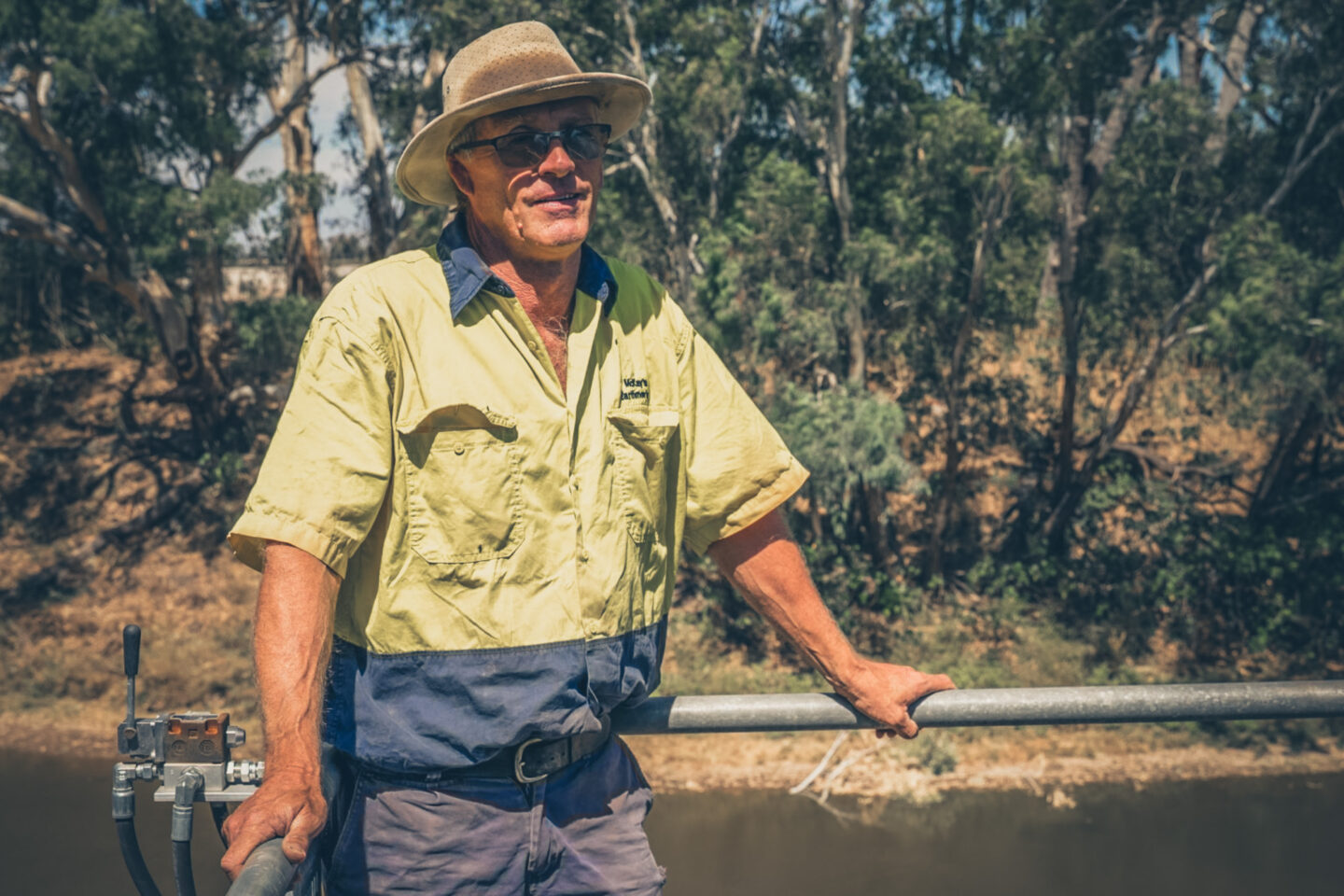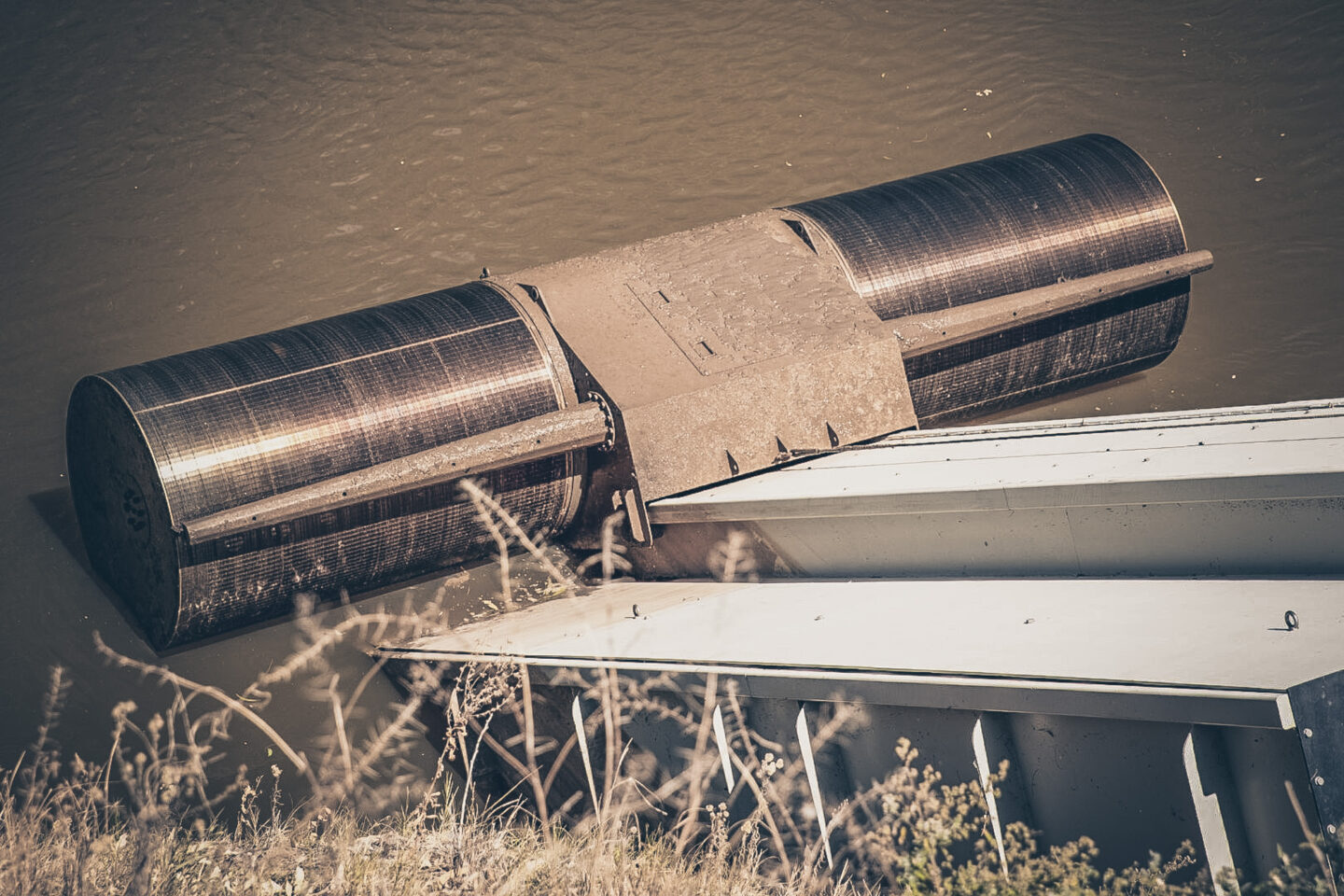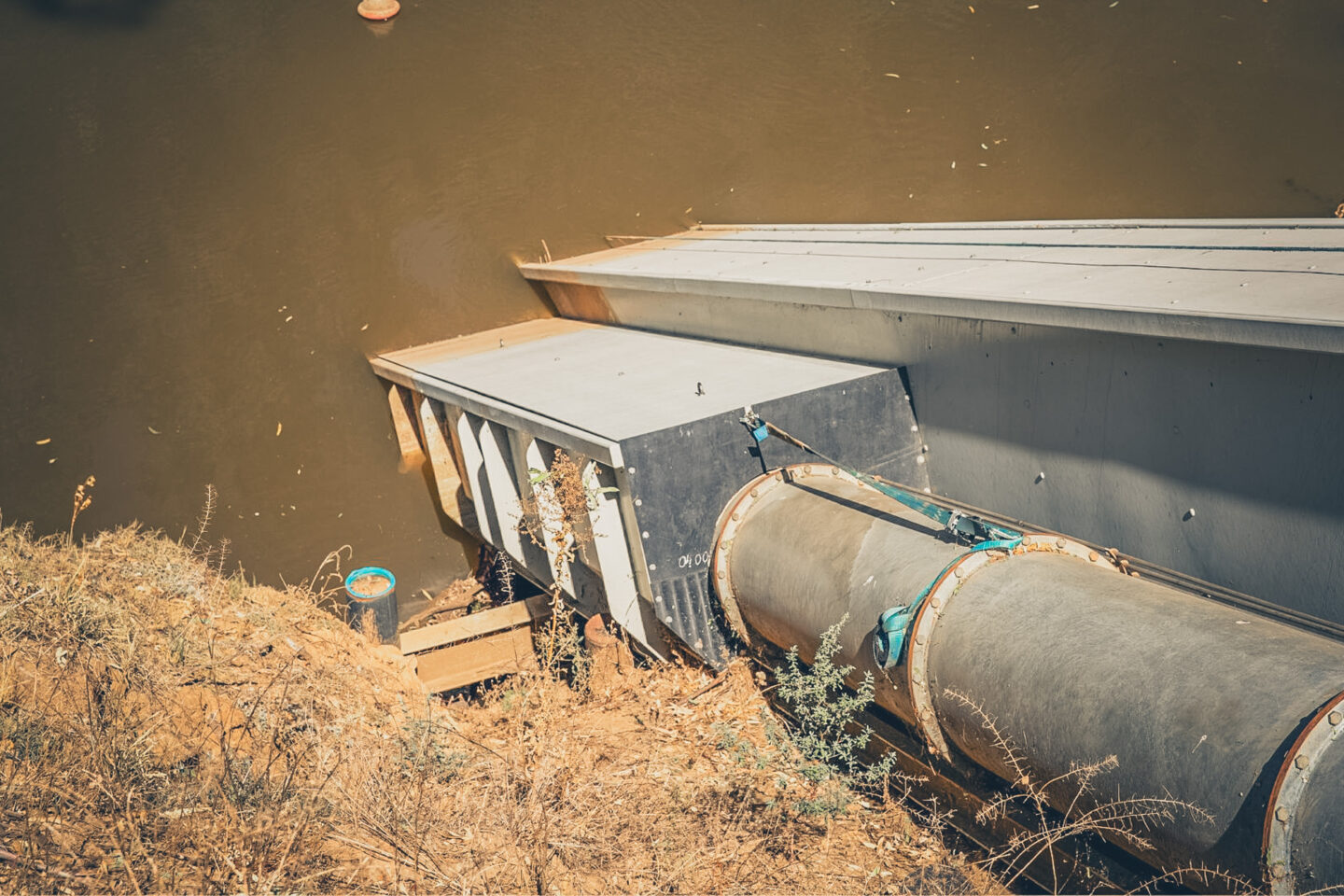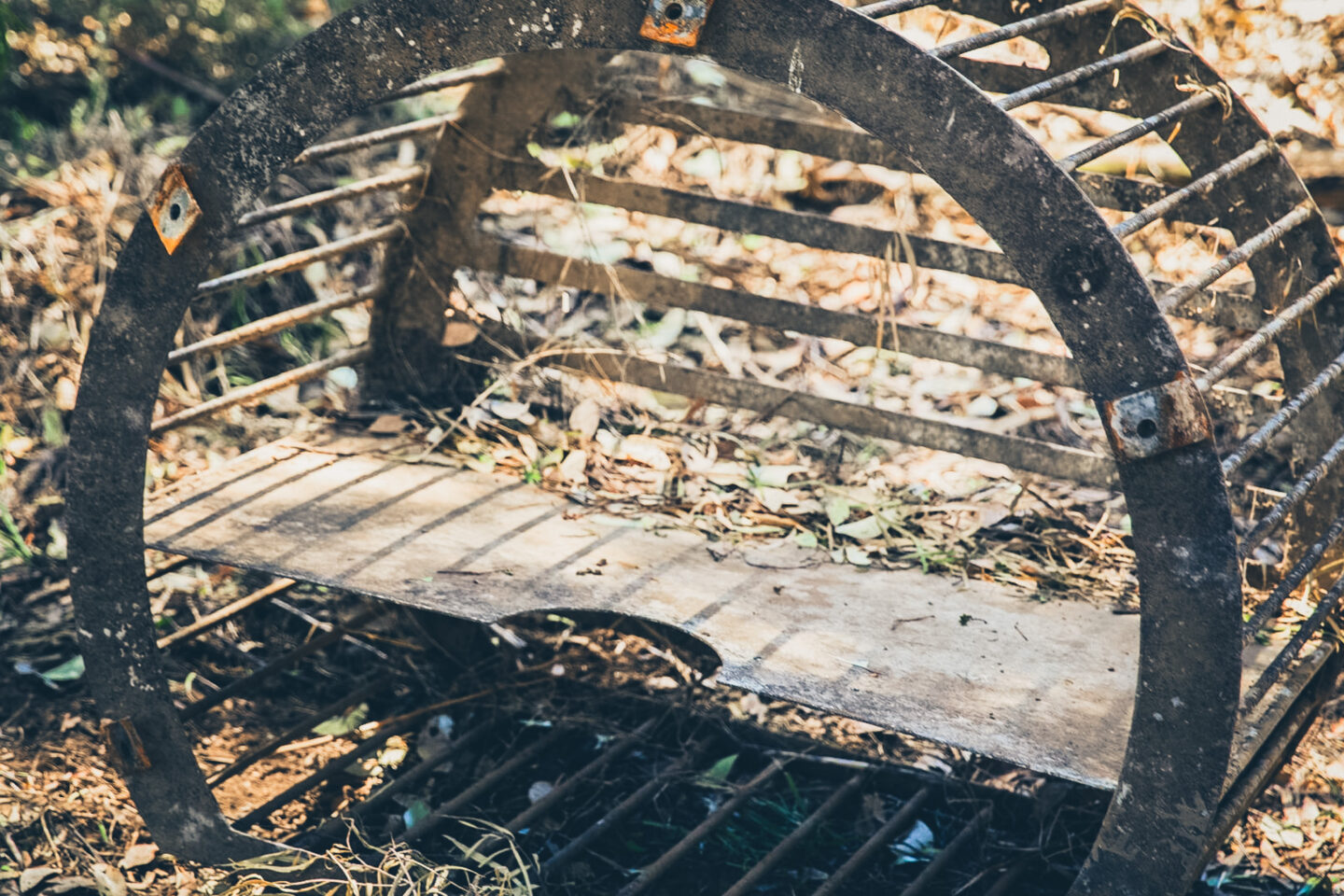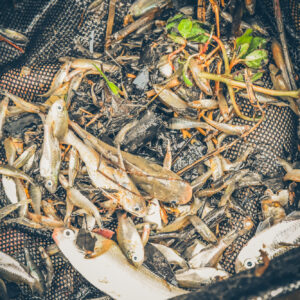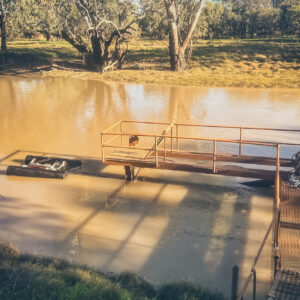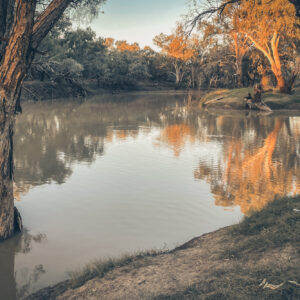Screening for peace of mind: Jim McKay on modernising irrigation on the Macquarie
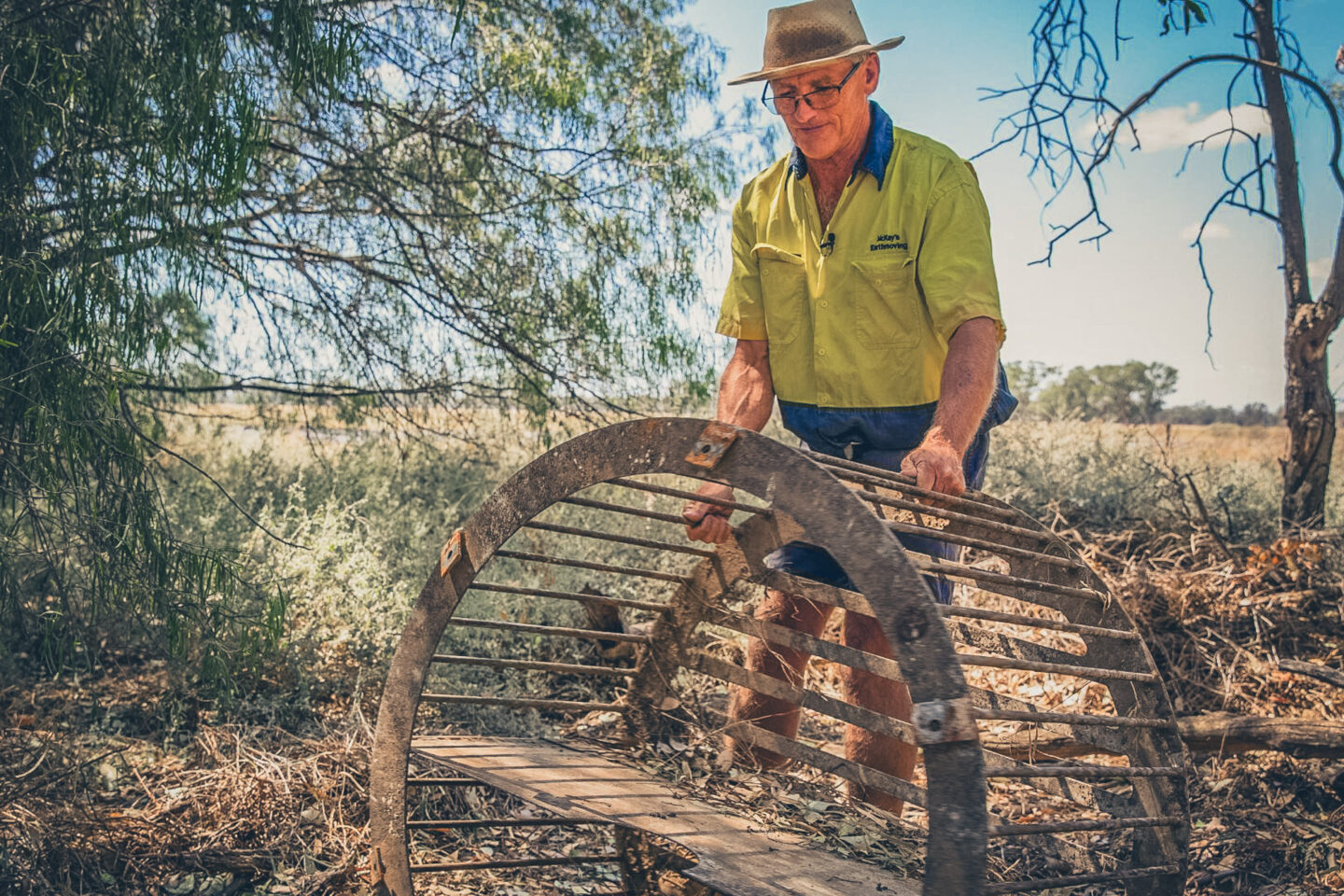
On the banks of the Macquarie River, just upstream from Warren and downstream from Dubbo, sits the Tenandra Irrigation Scheme’s Gingim Pump Site.
It’s a high-tech setup, managed by Jim McKay, who has seen firsthand how the installation of a fish screen has brought both environmental and operational improvements to the scheme.
Jim has been managing the site for eight years. The scheme primarily services cotton growers, with additional pumping for stock and domestic water. While the site has always had basic protection in place—coarse bars to stop logs from damaging the pump—these offered no defence against the intake of smaller debris or fish. That’s where modern screens come in.
From Impact to Improvement
“Before the fish screens went on, it was interesting—and pretty confronting—to see the number of native fish being impacted by the pumps,” Jim explains.
“If you were here when the pumps were running and walked several hundred metres downstream, you’d find bodies. It’s not a pretty sight. We spend money every year restocking the river, so it seems stupid to suck them up through a pump.”
This isn’t just an issue of visual discomfort; it’s also about river health. Protecting native fish populations is critical and, for Jim and the Tenandra Scheme, modern screens offered a practical step toward that goal.
“We didn’t have anything stopping smaller items, primarily fish, going up the pumps,” Jim says. “So the screen was added to be proactive in management of the river, looking after the fish.”
And the results speak for themselves.
A Quiet Success Story
While many growers initially feared the screens would interfere with pump performance, Jim’s experience shows the opposite. The upgrade was subtle—visually, not much changed on site—but the benefits were both immediate and invisible. That is, until a neighbour asked if he was having trouble with trash in the water.
“He had suddenly had to double his backflow efforts,” Jim recalls, “and we didn’t see any issues. I didn’t even realise there was a problem going on!”
This moment of contrast highlighted what Jim now sees as one of the biggest advantages of the fish screens: peace of mind.
“Operationally, I didn’t notice that the screen was even there,” he says. “It wasn’t until that conversation that I realised the benefits we were getting. We pulled our screens out to check—there was no trash on them. Everything looked fantastic.”
Reducing Stress, Increasing Efficiency
For Jim, the value of the fish screens isn’t just in the environmental outcome—it’s in how they simplify his job and reduce the stress of managing a large-scale irrigation system.
“The difference is peace of mind knowing that things are going to go as planned,” he explains. “Water in the peak time of the year is very important for the growers. They can’t afford [for water] to be late. So from my perspective, it certainly takes the stress off the job knowing that, providing there’s nothing major, the pumps are going to do what they’ve been asked to do.”
Without a screen, high debris periods meant someone would have to manually stop and start pumps every six hours—often in the middle of the night. As Jim put it, “If somebody’s coming out in the middle of the night to do that job, I don’t have to. Being able to remotely monitor things is fantastic.”
Long-Term Gains
One benefit Jim is especially focused on is pump longevity. “If you can extend the life of the pumps by a few years, they’re very expensive to repair, so a few years is worth a lot of money,” he says. “And the ability of the pumps to maintain what you’ve asked them to do is pretty important for me—that’s peace of mind.”
That’s not just a theory—it’s been demonstrated through comparisons with other nearby systems that haven’t installed screens. While his neighbours battle with trash and backflow complications, Jim has been able to focus on running the site more efficiently.
A Proactive Approach to River Health
The decision to install the screen came at a time when irrigators were under intense public scrutiny, particularly in the wake of recent droughts. Rather than retreat from the conversation, Jim and his team saw screening as a chance to take proactive steps in support of river health.
“At the time, it was not long after the drought and the irrigators were certainly suffering from a bit of negative publicity,” he explains. “The guys felt it wasn’t going to hurt—or be prudent—to try and be proactive in helping maintain the health of the river.”
“I like modernisation. I think done properly, things like this are a good idea,” he added.
And this isn’t just a one-off fix for the Gin Gin site. Jim is already thinking ahead to other locations. “If we have another pump site and if the offer came to put a fish screen on it, I’d be encouraging the growers to do it as soon as possible.”
More Than a Tick of Approval
When asked whether the screens meet his expectations, Jim doesn’t hesitate: “They get my tick of approval. There’s no reason I can see at the moment to talk anything against them.”
For a system that plays such a critical role in supporting local growers and water users, that endorsement is significant. The fish screen might not be flashy, but the benefits are clear. It’s about reducing harm, increasing reliability, cutting down maintenance, and allowing irrigation managers like Jim to sleep easier at night.
“We’ve got a great spot here, great people, and it’s worth looking after,” Jim says.
And thanks to the quiet but powerful presence of modern fish-protection screens, looking after it just got a whole lot easier.
—
